Customer Service in the Manufacturing Industry: The Ultimate Guide

Table of contents
Today’s manufacturing industries don’t operate in the same way as they did even until a few years ago. Advancements in automation, Artificial Intelligence (AI),the Internet of Things (IoT),Big Data have made manufacturing industries smarter. Modern manufacturing plants can now capture and harness large volumes of data generated from all their various processes.
The advancements in technology have also led to the creation of a connected ecosystem between manufacturers and consumers. This has, in turn, led to the creation of a new category of consumers and business buyers. Consumers today are more aware than ever of the choices that are available to them and will not hesitate to take their business elsewhere if they feel that their needs aren’t getting met.
Let’s see why the importance of customer service in manufacturing is growing, some benefits, and best practices you can use to deliver excellent service.
Table of Contents
- The need for customer service in manufacturing
- Benefits of adopting a customer service oriented approach to manufacturing
- Customer service best practices for manufacturing industries
- Wrapping up
The need for customer service in manufacturing
To live up to the higher expectations of the new age consumer, manufacturers must not only leverage technology to deliver high-quality products, but also use it effectively to deliver high-quality customer experiences.
As we established earlier, today’s consumers are more empowered and connected than ever. Adding to this, according to Salesforce’s ‘Revolutionizing Customer Service in Manufacturing’ report, 52% of executives surveyed from manufacturing companies state that they are finding it increasingly difficult to compete based on product quality alone.
Among the same group, a whopping 86% of executives now believe that customer service can now be a key differentiator.
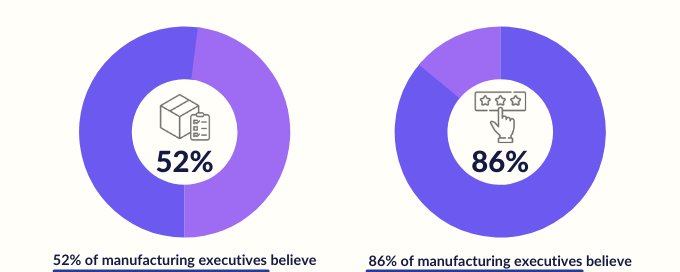
Customer service in manufacturing is no longer a value-add but a necessity. Adopting a more customer-centric approach and delivering personalized service can help manufacturing companies increase customer retention and win over new customers.
Consider the example of the UK-based manufacturing company – Get It Made. Get It Made, headquartered in London, works with several factories worldwide to provide clients with simple and cost-effective solutions to their complex and bespoke manufacturing requirements. Get It Made’s clientele primarily comprises high-value, low-volume industries such as aerospace, medical, R&D, etc.
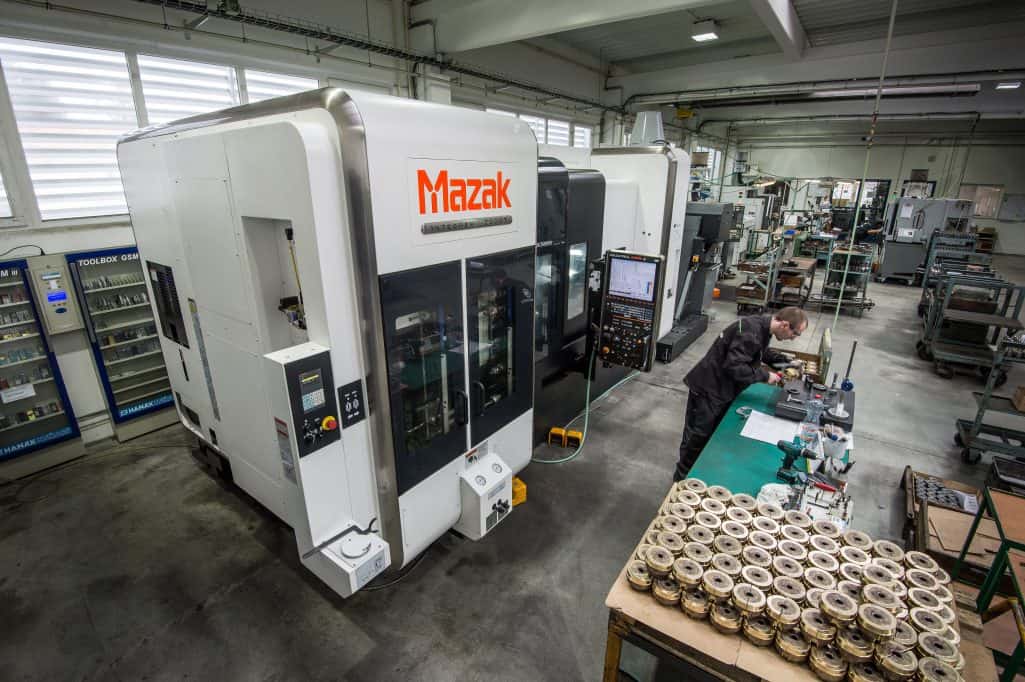
Get It Made was established in the UK in 2011. By 2019, with the growth of the company and the client base, they soon realized that customer communication was no longer efficient and that their customer service had taken a huge hit. There were several instances of missed emails, duplication in communication, back and forth between team members leading to delayed deliveries and unhappy customers.
That’s when Luke Smoothy, the founder of Get It Made, decided to go back to the drawing board and take a customer service-oriented approach to put an end to the chaos.
Get It Made picked Hiver, a Gmail-based customer support software to help them achieve customer service excellence. With Hiver, they were able to streamline communication and workflows, keep track of critical customer and project-related information, and most importantly, have access to real-time customer service metrics.
A combination of all these benefits has helped Get It Made get the edge over their competitors. Here’s what Fin Brown, Project Manager at Get It Made, UK has to say:
“The UK manufacturing industry can sometimes have a reputation for being slow and difficult to communicate with. Hiver has allowed us to break this stereotype, and customers have described us as a ‘breath of fresh air’ with our excellent customer service.”

Benefits of adopting a customer service oriented approach to manufacturing
The benefits of adopting a customer-centric approach in manufacturing go far beyond retaining customers and winning over new ones. Putting in place a customer service-oriented culture can lead to a transformation at almost every level in the organization.

In fact, according to Sysfore, a smart services consulting firm, 68% of their client base in the manufacturing sector has increased their budgets over the last two years to focus on customer service.
So, why are they doing this? Let’s take a closer look.
Higher repeat business
Dedicated customer service plays a critical role in customer happiness. Most manufacturing companies today work on a performance-based contract model, wherein a large company often outsources their production to smaller, dedicated firms. These contracts are then renewed depending on the performance of the manufacturer. With increasing contract complexity, many manufacturers are turning to AI for manufacturing contracts to streamline their agreement processes and ensure proper compliance in their performance-based relationships.
It is only natural that businesses that are more invested in their clients are likely to perform better and thus receive contract renewals.
By leveraging technology such as an ERP system, manufacturers can now collect an immense amount of data, both on their clients and their internal processes. This data is extremely valuable to help develop a deeper understanding of their customers, build stronger customer relationships, and improve their process efficiency and output. Using quality control software or manufacturing execution systems can greatly enhance customer service in the manufacturing industry by ensuring products meet the necessary standards and addressing any issues promptly.
And these can lead to repeat business and perhaps even an opportunity to upsell.
Better alignment between production teams and sales teams
When we’re looking at the manufacturing industry from the lens of efficiency and profitability, it’s pretty evident that if there are two departments that need to be aligned, they are production and sales.
By investing in customer service and the right technology stack, manufacturers can now get a 360-degree view of their customers. On the sales front, this can help them identify opportunities, be proactive, and generate more revenue.
On the production side of things, they can better predict their production pipelines, thus reducing wastage and cutting down overhead costs, leading to a leaner, more efficient, and more profitable enterprise.
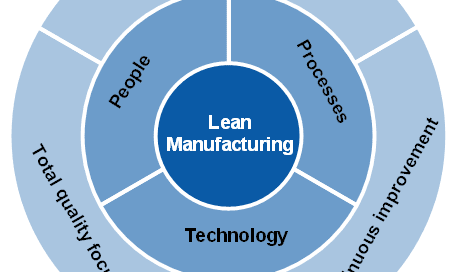
So it is fairly evident that the only way to future-proof your manufacturing business is to adopt a customer service-oriented mindset and to deliver memorable customer service experiences.
But how do you go about doing that?
The answer lies in adopting some of these customer service best practices.
Customer service best practices for manufacturing industries
Some of these best practices include:
Adding new customer service channels
Because of the traditional nature of manufacturing industries, onsite support and phone will continue to remain critical channels of customer service.
However, Digitization is making its presence felt in manufacturing, which has led to the emergence of new customer service channels. More customers now expect manufacturers to be available instantaneously via email, live chat, and live video-based support for remote diagnostics and resolution. And companies are increasingly meeting these demands. According to Hiver’s latest Customer Service Benchmark Report, over 60% of companies today offer customer support across more than three channels. So chances are, if you’re not offering multichannel support, you’re falling behind your competition.

Leveraging advanced technology
In addition to leveraging technology like AI, IoT, and Big Data, manufacturers must also direct their attention to the use of other forms of technology like VR (Virtual Reality) and AR (Augmented Reality) to improve “hands-on” field service capabilities.
Manufacturers can deploy AR/VR technology to collaborate with their customers and help them diagnose issues remotely and fix them without the presence of field service technicians.
To extrapolate this use case further, manufacturers can even establish regular training sessions for their customers on using their equipment better, conveying information about upgrades to the equipment, all without ever needing to be physically present.

Allowing your customers to self-serve
While we have spoken about the need for customer service to be more people-oriented, there are times when your customers may want to solve simple problems faster, without any kind of human interaction.
In such situations, having self-service resources that allow your customers to help themselves is invaluable. Creating a comprehensive knowledge base can help your customers find information, troubleshoot problems, and resolve them, all without your customer service team having to step in. You can check these manufacturing website designs to draw inspiration and structure your content in a similar way.
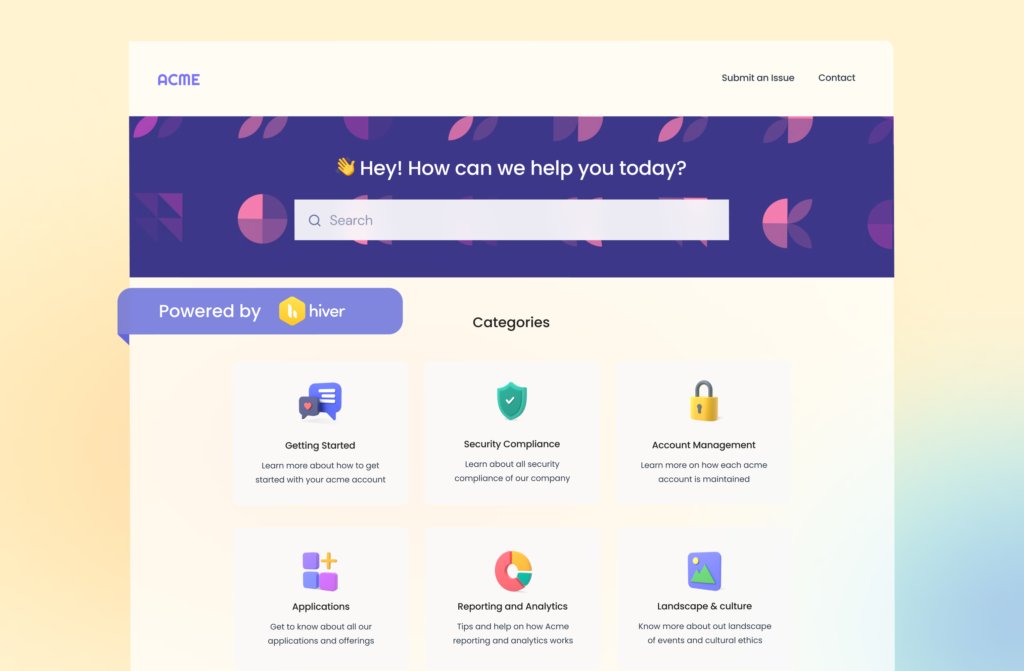
As a step forward, you can even choose to build an e-commerce website that helps your customers order spare parts and consumables directly from you. In this way, you ensure that your customers receive the right kind of parts and consumables that they need, without delays/back and forth.
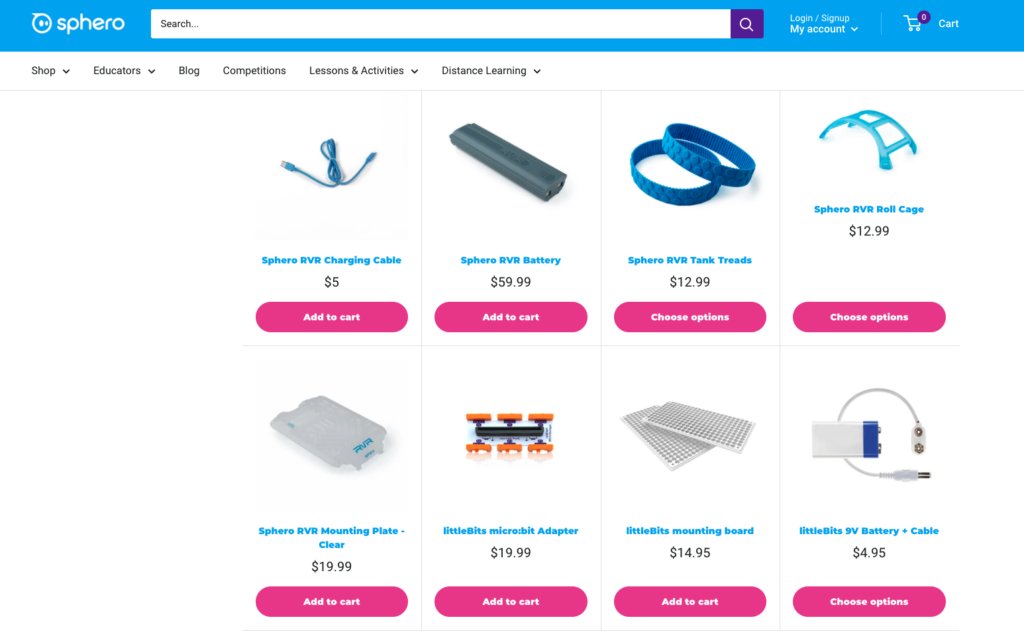
Taking a data-driven approach to customer service
The key idea here is to move away from traditional manufacturing KPIs (example: Production Volume, Asset Utilization, Operations Effectiveness, etc.) to a more holistic approach, which combines them with customer service KPIs like Customer Satisfaction Score, Response and Resolution Times, Net Promoter Score (NPS),etc.
Using a help desk tool to track these customer service metrics can help establish a customer service-oriented mindset, help you get an accurate picture of where you are, and what you can do to improve on these metrics to keep your customers happy.
Breaking the silos
Manufacturing companies have been traditionally siloed. But with the need to deliver exceptional customer service, it makes more sense to break the silos and embrace the philosophy that all team members — not just customer service specialists, but sales teams, marketers, project managers, technical workers — develop a customer-first mentality.
C-suite executives of manufacturing firms can take charge by laying out organization-wide goals and objectives and investing in customer service training for all departments to ensure that all teams are on the same page.

And finally, collecting customer feedback
Always ask your customers for feedback after every interaction. This way, you’ll be updated in real-time about how happy your customers are with your services.
Collecting customer feedback can also identify lapses, rework your processes and quickly nip them in the bud before they snowball.
Wrapping up
In a highly competitive industry like manufacturing, and in times where it can cost almost 5 to 25 times more to acquire a new customer than retain existing ones, it is evident that companies need to make customer service a priority.
And for relatively traditional industries, this would mean stepping out of the comfort zone, re-evaluating processes and technology, and trying completely new approaches to see what works best.
So take some time to do a little bit of “organizational soul-searching” and put together a framework to see where you can begin. As with most things that need scale, these will take a considerable amount of time and money, but with smaller experiments, you can chart out a longer course to deliver customer satisfaction and eventually, customer loyalty.


































